Code 3 (see above) is a cooperative game for 2-4 Players (but see below for solo rules) that was on Kickstarter back in October 2019. It promised delivery in May 2020, but only delivered here a few days ago (late December at the very end of 2020). In the crazy world of 2020, I am just glad I still got it. I got some expansion with the game (see below) give you more cases to solve and a few more cards.
Looking at the back of the box (see below), you can see what this game is: a cop-romp through the 80s!
Unboxing
Code 3 has some pretty decent components: a couple of grab bags (the red and blue bags) which will be used to serve for evidence and witnesses. They are nice and big and easy to grab from.
The rule book is very obvious!
There’s about 3 pages of cardboard components: these include overtime chits, donuts and coffee (seriously), and evidence and witnesses.
This insert is really nice and holds a lot of cards and tiles and other pieces!
The little cards are readable and decent. They are NOT linen-finished. Most of the little cards are either (a) case-dependent (the red cards) or “incidents” that comes on every player’s turn (crime never stops!)
The giant tarot sized cards are mostly two things: Chief cards or Case cards. Each chief grants his precinct special abilities (see the abilities above right ) based on a special “Chief” die that gets rolled every turn. The case cards control how the game unfolds (above left).
Perhaps the most important cards in the game are the Summary Cards. You think I am kidding, but I am not sure how I would have gotten through the game without those player Summary cards!!
In Code 3, every player gets to play a cop-team of 2 cops. Each Cop has 5 distinct cards, and there are quite a few different cops in the game (see above). You can see a few of the cards above.
There’s also a number of cards that either augment or pollute your deck as you play: Internal Affairs cards pollute your deck and Attaboys augment it. Commendations will stay out and give you one time special abilities.
There’s some dice (this is primarily a dice game), some blue cubes used for time and motivation, and some cars which you use to help you move around the city (the colorful cars are the player cars, and the black cars are support patrol cars).
The dice in this game are probably my favorite component: they are just so nice! They are easy to read and seem very thematic, especially the chief (black) die.

The cops patrol a 4×4 city of tiles (see above) looking for clues, evidence, witnesses, and crime!

In general, the components for this game were good. None of the cards were linen-finished, but they were still decent. I liked the art in this game in general, but I didn’t love the cover.
Rulebook
So, this rulebook is kind of a mess: it’s a Kickstarter rulebook. It doesn’t start with a list of components or set-up right away, it just starts talking about the rules.
It takes a different tact that almost works: it starts listing the component (see officer card rules above) and going through them one by one.

And above you see the next discussion of Police Chief cards and other cards: It’s a different way to approach the rules, but I feel like it’s throwing you into the mix without some of a high-level view of all the cards. I think the reason so many game do that is that the high-level view of all cards(before anything else) is that it gives you perspective: jumping into the cards pull you into the minutae too quickly.
The rulebook just seems … off. For example, when discussing the Chief cards (which are Tarot sized) and the Radio Call cards (the bad news cards, which are tiny), the rulebook shows the perspective wrong! See above.
Look, this works okay. This isn’t a bad rulebook, but it’s a not a good one. I never saw a picture showing how to set the game up! See below as a public service: here is a sample set-up!
This rulebook needed a lot more pictures like the above. There were also a couple of rules that were on CARDS and I had trouble finding them in the rulebook. For example, when you succeed or fail on a Radio Call (the crimes of the city), you get a reward or punishment, represented as a little icon.
The lower left is the success Icon and the lower right is the “recurring” punishment. I never found the icons in the rulebook! I was “expecting” a list of Icons on the back of the rulebook (which is very typical), but it wasn’t until I was packing up my game that I found this two-sided card:
I really expected this to be in the Rulebook!
After all was said and done, I was able to find everything I needed to play the game. I really wanted more high-level overviews and pictures. The rulebook needs a pretty major overhaul and redo BUT ALL THE RULES WERE THERE. I was able to get through the rulebook to get a game going.
Solo Play
So, the game doesn’t really address having solo rules (Saunders’ Law). To play my first game, I just played as a 2-Player game. It worked fine.
I might get grumpy that there were no 1-Player rules, but the game has a lot of cards with “Teamwork” abilities. These cards require that there be multiple cop-teams to work correctly. So, for balance reasons, I guess it makes more sense to always require at least 2 cop-teams so those cards trigger. See Officer Martinez’s teamwork ability on his rightmost card.
Seriously, a sentence in the rulebook would go a long way and you could say this game supports 1-4 Players. You could even make it thematic:
The Chief requires that every cop-team have backup!! There’s no lone wolves in his department! You can play Code 3 solo, but you have to play with 2 cop-teams to back each other up!
Anyways, you can play it solo and it works.
Gameplay
Each game starts with the players choosing a case (Major Crime) to pursue. We were trying to catch the Cat Burglar!

So, there are limited number of cases, but each one can play very differently because of the chief you choose (black card on the right, above) which gives you special powers, and the cop-team each player chooses. Even so, there are a number of cases in the box which are all different!
Each player starts the turn drawing cards from their deck until they draw 3 cop cards. Any IA Heat or Attaboy cards that come out stay out. If two or more of IA Heat come out, there are consequences! If two or more Attaboys come out, you get some extra help. If you keep petty crime under control throughout the game, you get some Attaboys and other rewards. If you let crime go, the Internal Affairs cards start polluting your deck and bad things happen (IA audits, losing turns, and so on). So, you can be a cop who plays by your own rules, but there are consequences … Or you can be a good cop, but do what’s needed at the end …

During the game, you will be looking for evidence (see the distribution on evidence above, and notice the misprint of two Honest Kids .. the second should be Average Joe).

The main mechanism of the game is driving your little cars (notice that there is space between the tiles representing the roads of the city) to crimes and rolling dice to solve them! In the above picture, the blue player (with the support of an unnamed black patrol car), is rolling dice to take down the Cat Burglar!!! The cards shows that you need 2 walkie-talkies and 2 guns with a total of 18+ to take down the Cat Burglar … and the dice show that ! Success!
The number of dice you get depends on what cards you draw:

The left-hand side of the card shows hand-cuffs: 2 on each card, so we get 6 dice this turn. The little pads on the right are how many evidence/witnesses you pull out of bags when you investigate.
The most important component of the game is the Game Summary cards. Without these, I am not sure the rulebook has enough information to play the game!! These are ESSENTIAL to gameplay:

Once you get the game set-up, this card controls the gameflow.
I played my first game in about an hour and took out the Cat Burglar. I had a good time: but I played “good cop”: I kept the petty crime under control so that I wouldn’t feel the Internal Affairs coming down on me …
Theme and Art
I think the game really nails the theme. The Attaboy cards, the Commendation cards, the Internal Affairs cards, the evidence bag, the witness bag, the exploration of the city are all elements that move the theme forward. I love the art of the game: I think it works for this game.

When I see the game set-up and the cards out, I think “ya, this nails the 80s cop theme”. BUT I don’t like the cover! If I were in a game store and I saw this box, I don’t think the cover would call to me.
Oh yes, there is also donuts, coffee, and ovetime tokens. They are all essential to winning the game, as you’d expect in an 80’s cop-romp.
Conclusion

See above for a winning game of Code 3 catching the Cat Burglar!
So, despite all the problems with the rulebook, I liked Code 3. The tension of being a Police Officer really comes through! While trying to solve a Major Crime (The Cat Burglar was our first scenario), the Police still have to keep pretty crime under control! At the end of every player’s turn 2 MORE Radio Calls are always coming out! It feels like crime never sleeps! If you don’t keep the petty crime under control, you start getting Internal Affairs audits (or other bad things) and you can lose the game if too much IA activity hampers you.
There’s a wide variety of cop-teams, giving the game a lot of replayability.
Despite all the rulebook problems and card misprints, this game nails the theme! It’s a decent cooperative game with a number of 80s cop stories to play through. If you find yourself liking the game, there are a number of expansions that can give the game even more life (see below). And they even fit in the box!





























/pic5414302.png)
:strip_icc()/pic5198810.jpg)

:strip_icc()/pic4919643.jpg)
:strip_icc()/pic4360718.png)
:strip_icc()/pic4628197.jpg)
:strip_icc()/pic4918292.jpg)
:strip_icc()/pic5182494.jpg)
:strip_icc()/pic5639884.jpg)
:strip_icc()/pic4878103.jpg)
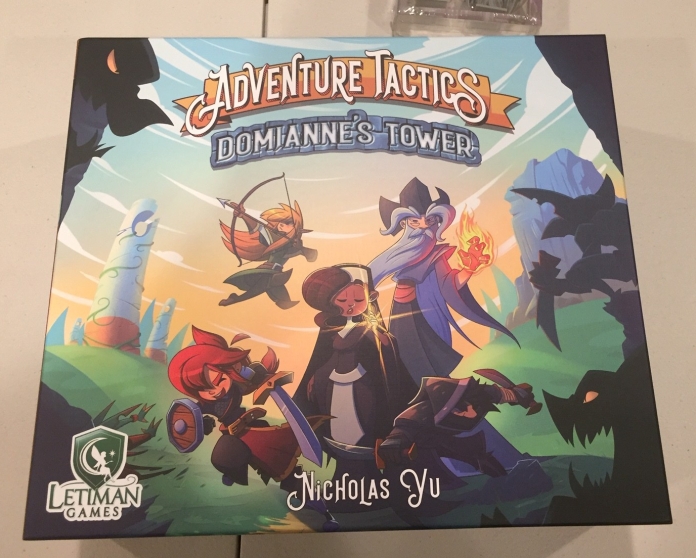









































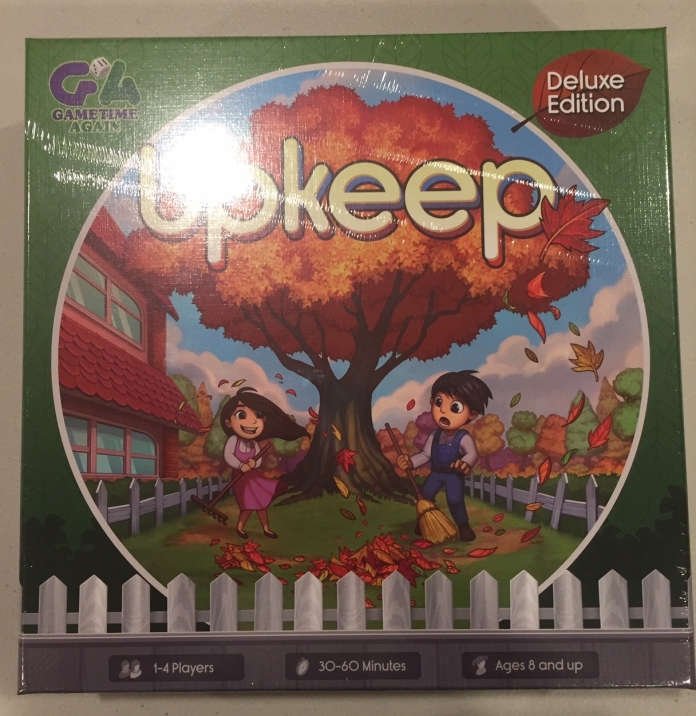











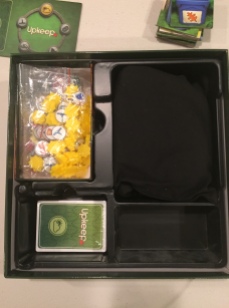












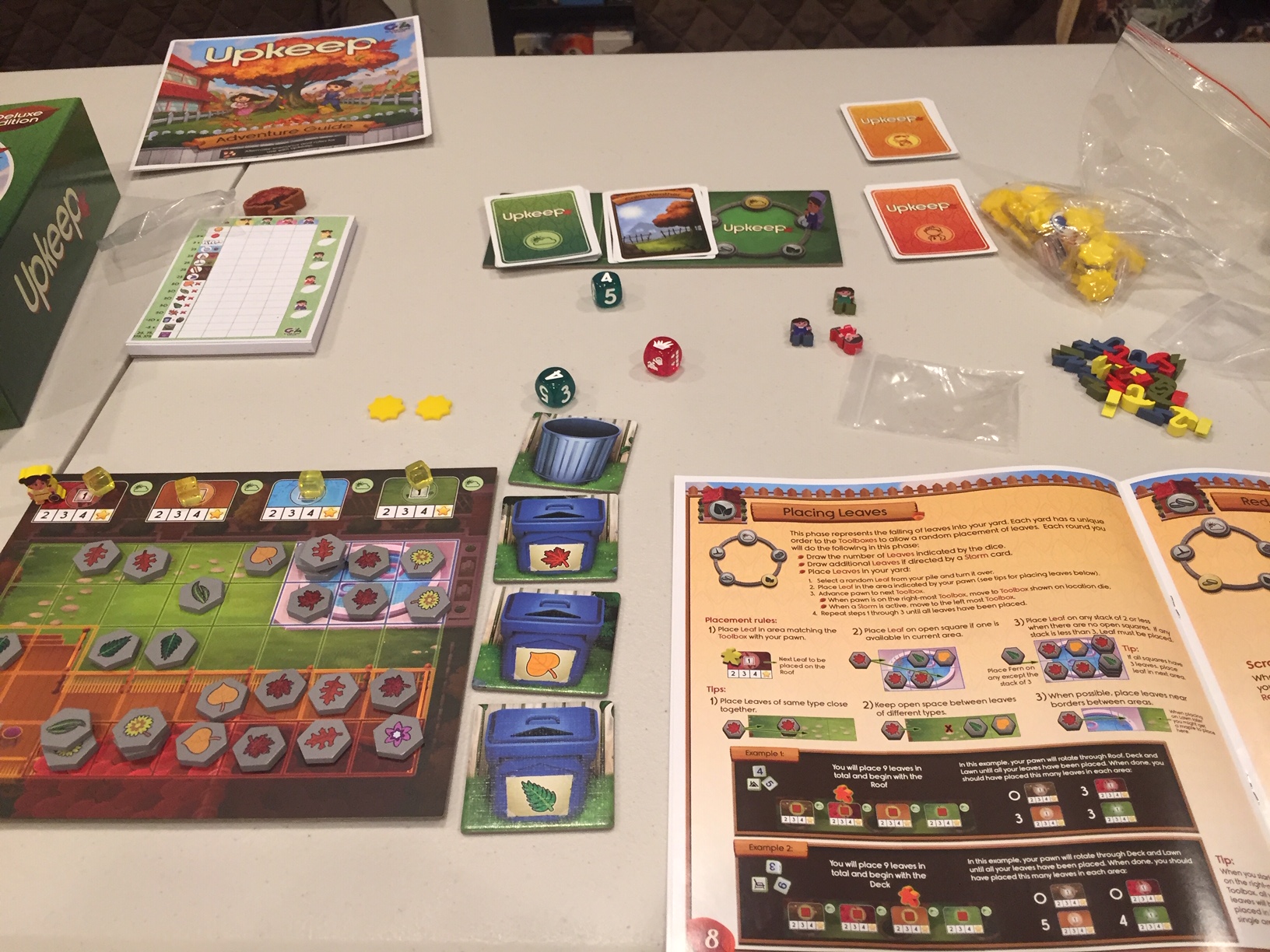
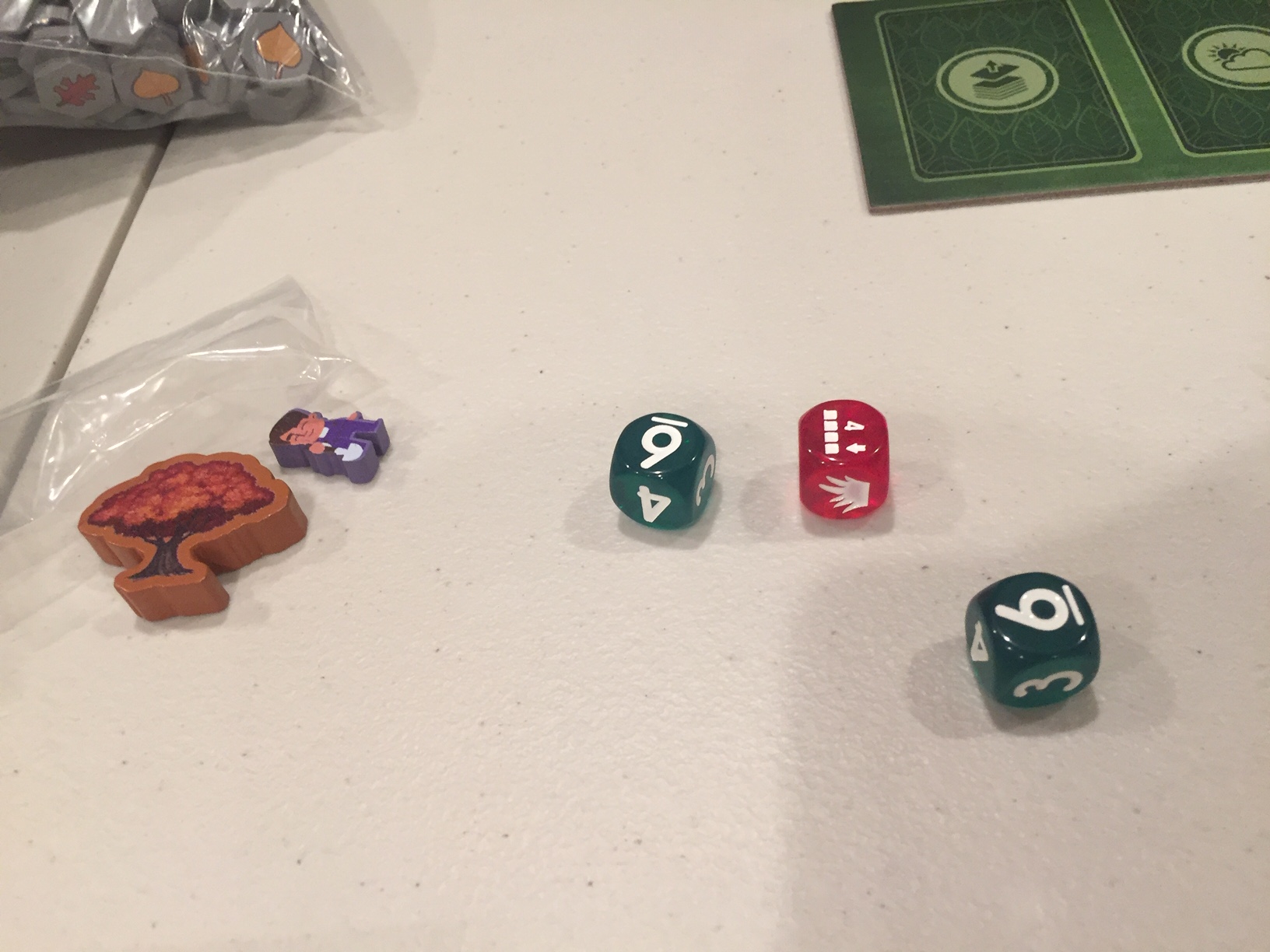


 Alice is Missing is a weird little cooperative game where players play the game mostly on cell phones! The rules are a little wonky (
Alice is Missing is a weird little cooperative game where players play the game mostly on cell phones! The rules are a little wonky (:strip_icc()/pic5176438.png)
:strip_icc()/pic5632396.jpg)




:strip_icc()/pic5145286.jpg)


:strip_icc()/pic5009100.jpg)
















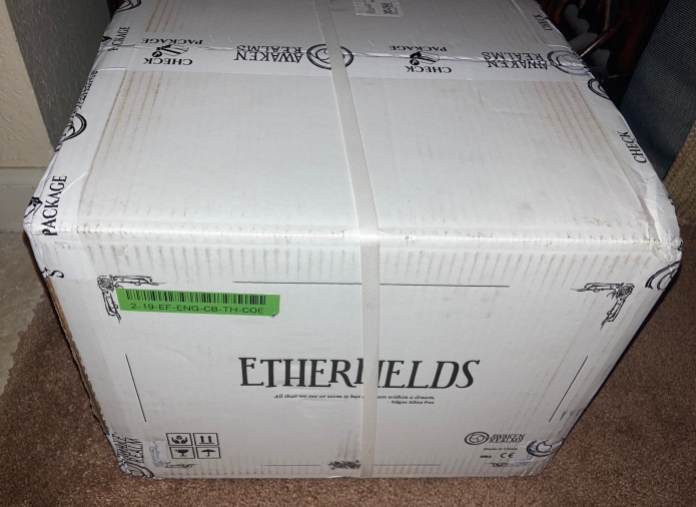



















:strip_icc()/pic4432319.jpg)
:strip_icc()/pic4808825.jpg)
:strip_icc()/pic5320930.jpg)
:strip_icc()/pic5279047.png)
:strip_icc()/pic5239705.jpg)
:strip_icc()/pic4317519.jpg)

:strip_icc()/pic3469246.jpg)
:strip_icc()/pic3514298.jpg)